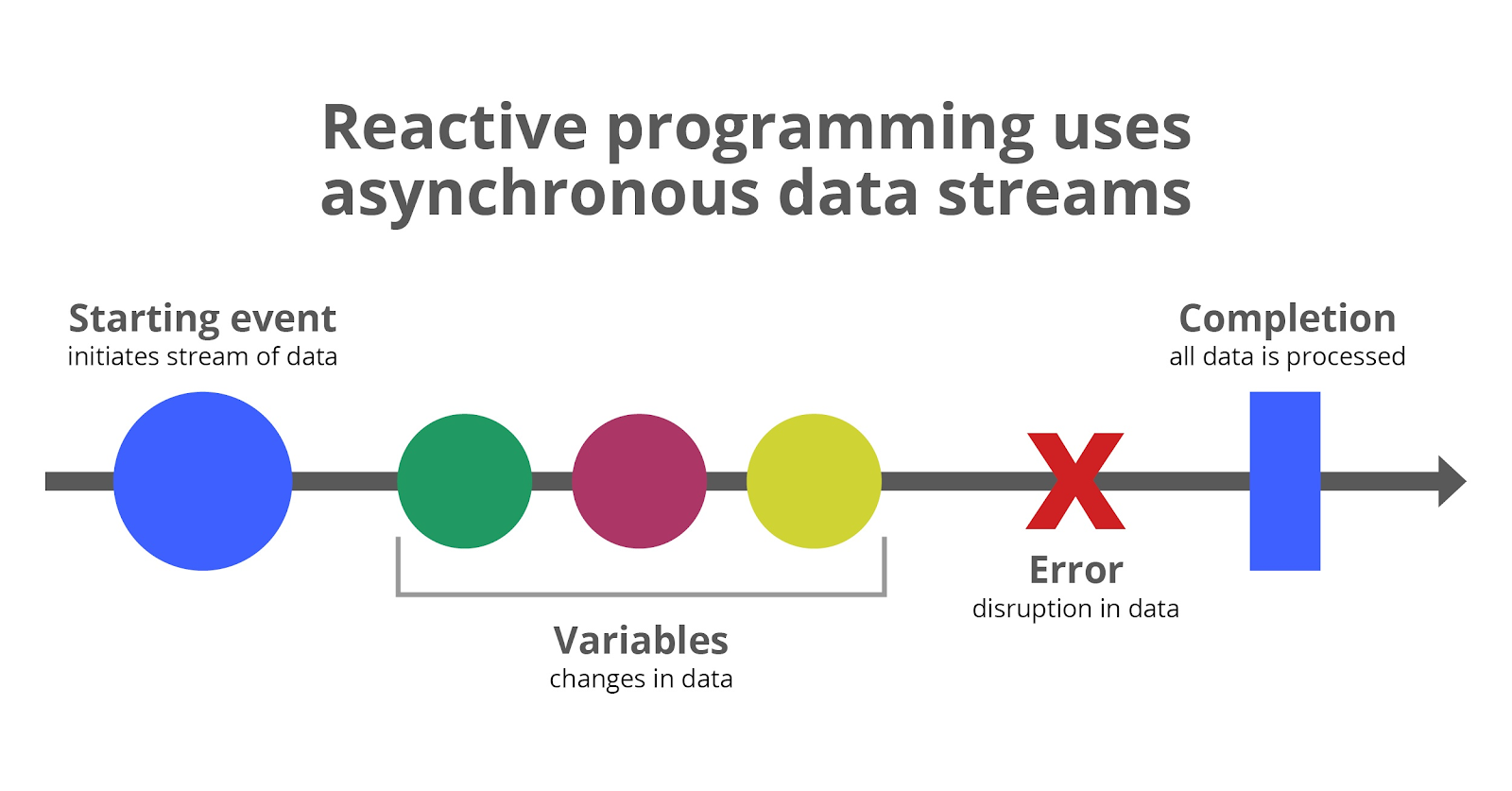Reactive Programming in Java
Reactive Programming in Java: An Introduction
In today's fast-paced world, where everything is expected to be instantaneous, applications need to be able to handle a high volume of events and data in real-time. Reactive programming is a programming paradigm that addresses this need by providing a way to build responsive, efficient, and fault-tolerant systems. In this blog, we will explore reactive programming in Java, including its benefits, principles, and popular libraries and frameworks.
What is Reactive Programming?
Reactive programming is a programming paradigm that emphasizes the asynchronous and event-driven programming model to build scalable and resilient applications. It is a declarative programming paradigm that allows developers to express the desired behavior of an application rather than the detailed control flow. Reactive programming is based on a set of principles that include:
- Event-Driven: Reactive programming is based on the event-driven model, where events are propagated through a pipeline of operations that are executed asynchronously. Each operation is triggered by an event and produces one or more events that are propagated to the next operation.
- Asynchronous: Reactive programming is based on the asynchronous model, where operations are executed concurrently without blocking the main thread. This allows applications to handle a high volume of events and data without compromising the responsiveness of the system.
- Non-Blocking: Reactive programming is based on the non-blocking model, where operations do not block the main thread and release resources as soon as they are no longer needed. This allows applications to be more efficient and scalable.
- Reactive Streams: Reactive programming is based on the Reactive Streams specification, which defines a standard for asynchronous stream processing with non-blocking backpressure. Reactive Streams provide a set of interfaces that can be used to build reactive applications that are interoperable across different libraries and frameworks.
Benefits of Reactive Programming
Reactive programming provides several benefits that make it a compelling choice for building scalable and resilient applications. Some of the benefits of reactive programming include:
- Responsiveness: Reactive programming allows applications to be more responsive by handling a high volume of events and data in real-time. This allows applications to provide a better user experience and increase customer satisfaction.
- Efficiency: Reactive programming allows applications to be more efficient by executing operations concurrently and releasing resources as soon as they are no longer needed. This allows applications to handle a high volume of events and data without compromising the performance of the system.
- Scalability: Reactive programming allows applications to be more scalable by handling a high volume of events and data in a distributed and fault-tolerant manner. This allows applications to handle a growing user base and increasing traffic without compromising the reliability of the system.
- Resilience: Reactive programming allows applications to be more resilient by handling errors and failures in a graceful and fault-tolerant manner. This allows applications to continue to function even in the face of failures and errors.
Principles of Reactive Programming
Reactive programming is based on a set of principles that include:
- Reactive Streams: Reactive programming is based on the Reactive Streams specification, which defines a standard for asynchronous stream processing with non-blocking backpressure. Reactive Streams provide a set of interfaces that can be used to build reactive applications that are interoperable across different libraries and frameworks.
- Composability: Reactive programming allows developers to compose operations into pipelines that are executed asynchronously and in a non-blocking manner. This allows developers to build complex applications from simple building blocks that can be reused and tested independently.
- Asynchronicity: Reactive programming is based on the asynchronous model, where operations are executed concurrently without blocking the main thread. This allows applications to handle a high volume of events and data without compromising the responsiveness of the system.
- Backpressure: Reactive programming allows applications to handle backpressure by propagating signals upstream to slow down the production of events when downstream consumers are overwhelmed





Comments